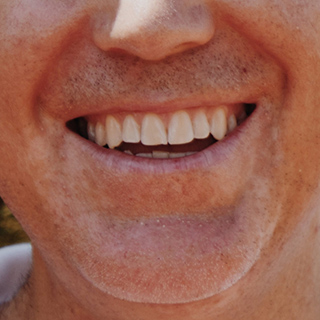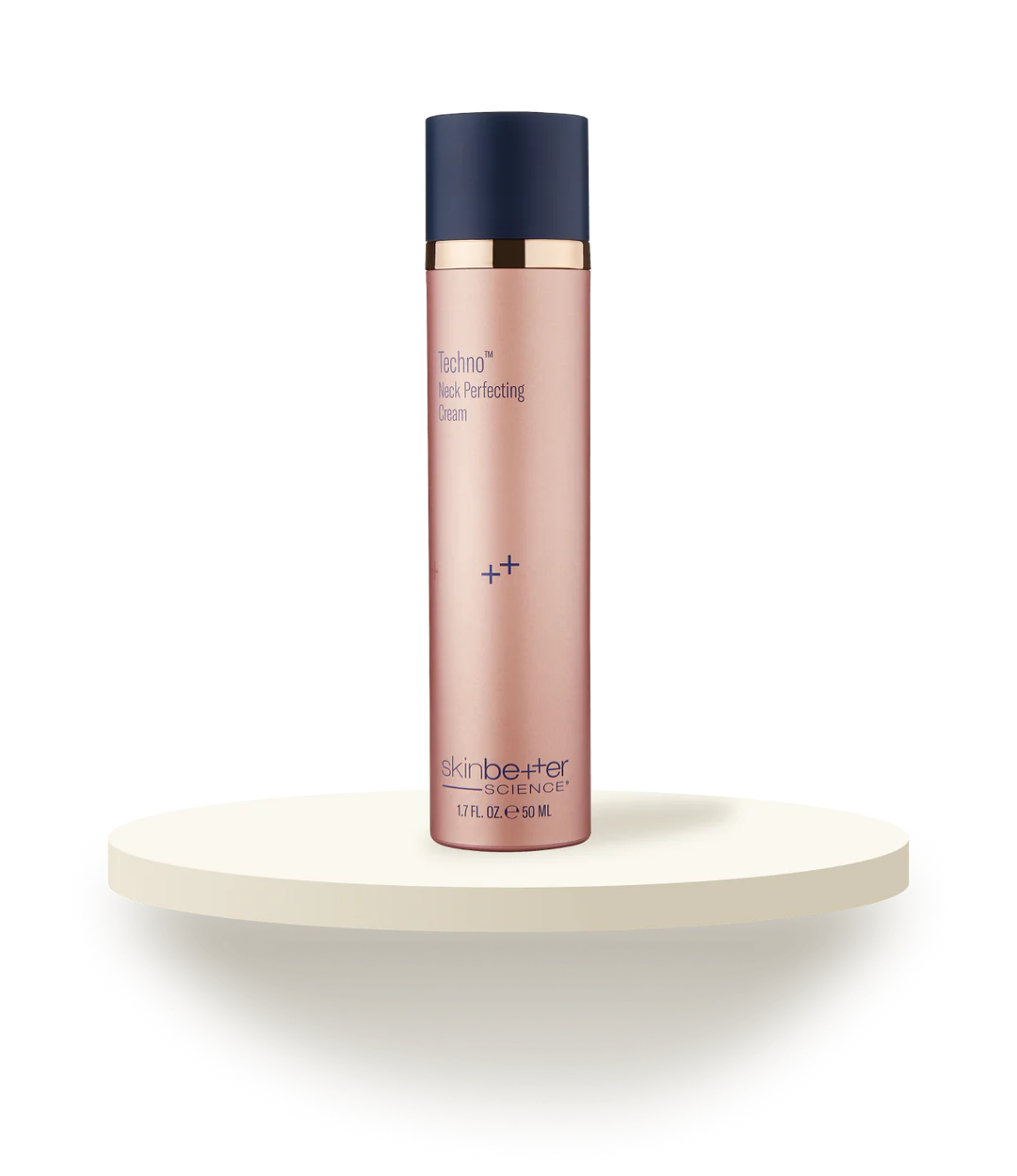What Terminology is used with Open Bite?
Reviewing these terms and meanings will help you to understand the details of open bite causes, types, and treatments that follow.
Malocclusion: Imperfect teeth positioning when the mouth is closed
Orthodontist: A doctor who treats malpositioned teeth and jaws
Incisor: One of 4 narrow-edged teeth in each jaw used for cutting foods
Central incisor: Two upper and lower teeth at the front of the mouth
Lateral incisor: Two upper and lower teeth on either side of the central incisors
Overjet: Top teeth and jaw overlap the bottom teeth and jaw in a horizontal angle
Overbite: Top teeth and jaw overlap the bottom teeth and jaw in a vertical angle
Underbite: Lower teeth and jaw protrude in front of the top teeth and jaw
What are the Causes and Reasons for Open Bite?
In most cases, an open bite is the result of heredity preconditions, meaning it often runs in families. However, an open bite may also be caused by mismatched sizes of the upper and lower jaws or differences between the sizes of the jawbones and teeth.
According to the American Academy of Pediatric Dentistry, some other possible causes of an open bite are:
Impacted, abnormally shaped, missing, or extra teeth
Oral habits like tongue thrusting and thumb sucking
Facial trauma that alters the shape of the jaws
Poor-fitting dental restorations
Prolonged bottle feeding
Excessive pacifier use
Jaw or mouth tumors
What are the Different Types of Open Bite?
Open bites commonly cause abnormal bite patterns and overcrowding of the teeth. Other symptoms include mouth breathing, discomfort or pain when biting or chewing, speech impediments including lisps, and an abnormal facial appearance.
There are 4 primary classifications of open bite:
Dental open bite
Anterior open bite
Skeletal open bite
Posterior open bite
Dental open bite
A dental open bite is diagnosed when the patient’s anterior teeth do not meet up when the mouth is closed, and when there is no skeletal deformity that causes it. Some of the signs of this type of open bite are:
No gummy smile (maxillary excess)
Normal height of the lower front face
Underdevelopment of upper incisors
Overdevelopment of lower incisors
Proclination (tilted forward) of both upper and lower incisors
Anterior open bite
An anterior open bite occurs when the upper and lower front teeth do not touch and there is no overlap between the upper lower incisors.
This type of open bite is often caused by certain habits during the developmental stages of an infant/toddler’s life. Thumb sucking, tongue thrusting, and extended use of a pacifier can all cause an anterior open bite.
An anterior open bite can also lead to other adverse effects like the flaring out of the upper teeth, flaring of the lower teeth, or an increase in the size of an overjet.
Skeletal open bite
Many times, patients with open bites caused by skeletal formation also have dental open bites. This combination of conditions often leads the patients developing an Adenoid face. It is commonly referred to as “long face syndrome”.
This syndrome is also referred to as “Adenoid Face” and is marked by the open-mouthed, vertically-extended faces of children with a medical condition called adenoid hypertrophy. This condition often causes upper respiratory tract congestion because the mouth almost always remains open, leading to chronic mouth breathing.
The most common symptoms of a skeletal open bite are snoring and chronic mouth breathing. Other signs and symptoms can include:
High arch in the roof of the mouth (palate)
Increased height of the lower front face
Narrow, underdeveloped nostrils
Prominent anterior upper teeth
Possible gummy smile
Prominent upper jaw
Teeth crowding
Upturned nose
Posterior open bite
A posterior open bite is one where the upper and lower posterior teeth (premolars and/or molars) fail to meet when the mouth is closed. This type of open bite is often caused by a failure of certain teeth to erupt through the gums.
Diagnosis of an Open Bite
An open bite is most often diagnosed by a dentist during a routine dental examination. If the dentist recognizes an open bite or another malocclusion, then they may refer you to an orthodontist for further evaluation and treatment.
The orthodontist may need to take dental x-rays, a skull x-ray, and/or a facial x-ray to determine the specific type of malocclusion at hand.
According to scientists at the University of São Paulo, “The treatment of open bite remains a tough challenge to the clinician; careful diagnosis and timely intervention with proper treatment modalities and appliance selection will improve the treatment outcomes and long-term stability.”
Grade of Malocclusion
Like overjet, overbite, and underbite, an open bite is one of the various types of dental malocclusions. All malocclusions can be categorized into one of three classes:
Class I malocclusions are marked by a slight overlap of the top teeth to the lower teeth. The bite is still normal and this type of malocclusion is very common.
Class II malocclusions are marked by a severe overbite, called a retrognathism. Excessive overjets are often placed in this category.
Class III malocclusions are marked by severe underbites where the lower front teeth and jawbone protrude past the upper jawbone and teeth.
Treatment Options for Open Bite
Nearly everyone has some degree of dental malocclusion. The misalignment of the teeth is the most common reason that dentists refer their patients to orthodontists. However, in most cases, it causes no aesthetic or functional problems and orthodontic treatment isn’t necessary.
There is a tendency toward relapse in many patients treated for an open bite, making it one of the most challenging dentofacial deformities that orthodontics and orthognathic surgeons deal with.
The main reason that relapse is common after anterior open bite treatment is that many patients continue habits like tongue thrusting, which likely contributed to causing the open bite initially. Unless the habit is reversed, the malocclusion will likely redevelop.
Other patients have an underlying genetic trait that causes the tongue to have a low posture. An orthodontist may recommend a tongue crib appliance to help correct this and thereby help avoid relapse after treatment for the open bite.
The goal of open bite treatment is to correct the alignment of the teeth, and thereby:
Reduce temporomandibular joint disorder (TMJ) symptoms when applicable
Decrease the risks for gingivitis and periodontal disease (gum disease)
Relieve strain on the facial muscles, jaws, and teeth
Reduce the risk of a tooth breaking
Make it easier to clean the teeth
There are various treatment options that can help correct open bites. Some of these include selective tooth extraction, mini-implants, mini-plates, pataal cribs, orthodontic braces, and orthognathic surgery.
Developing the best treatment plan for an open bite in any patient depends on an accurate diagnosis and an understanding of the underlying cause.
Early Intervention for Open Bite
It may also go a long way toward preventing an open bite if you dissuade your child from poor oral habits like thumbsucking, tongue thrusting, or using a pacifier or bottle past the age of eighteen months.
Via the strength of the tongue, these oral habits place unnatural pressure on the soft tissues and other structural tissues inside the mouth. In developing children, applying this repetitive pressure alters the natural formation of the muscles, jawbones, and teeth, often resulting in an open bite or another type of malocclusion.
Interceptive orthodontic care is based on identifying and treating dental malocclusions before a child begins developing permanent teeth, while they still have their baby teeth. Early detection and diagnosis of an open bite are important for maximum treatment success.
The following are some of the most common treatments for dental malocclusions. You’ll need to discuss the best options for you or your child with your orthodontist.
Traditional Metal Braces
Traditional metal braces are still one of the most affordable and effective options for correcting teeth crowding in patients with open bites. This orthodontic system uses metal brackets and archwires, and elastic ligatures (bands) to gradually reposition the teeth and jaw. They require regular adjustment from an orthodontist as the treatment progresses for 1-3 years.
Damon Braces
Damon braces, while typically more costly than traditional metal braces, have a self-ligating bracket system that allows for faster orthodontic results which require fewer adjustments. Palatal expansion and teeth extractions are not typically required with Damon braces.
Lingual Braces
Lingual braces are unique in that they are placed on the side of the teeth where the tongue rests, hence their name. This hard-to-see system of dental braces can work well for correcting an open bite in some patients.
Clear Aligners
Clear aligners are custom made plastic trays that gradually shift teeth into a more comfortable and aesthetically pleasing position. Clear aligners are increasingly popular since they are not immediately noticeable when eating or smiling, however, they may not be recommended for those with open bites caused by anomalies of the jawbone. While effective in correcting the teeth position, clear aligners are not able to adjust the jawbone.
Orthognathic Surgery
Severe cases of the open bite may require orthognathic surgery. An oral and maxillofacial surgeon can perform this type of procedure to improve or correct several dentofacial deformities including open bite, underbite, overbite, and other misalignments of the teeth and/or jaws.


